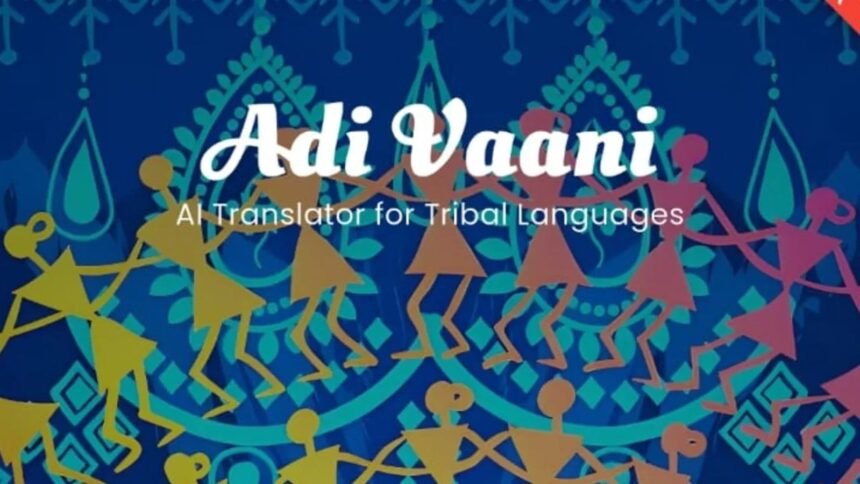THE MINISTRY of Tribal Affairs on Monday rolled out the Beta version of ‘Adi Vaani’, an Artificial Intelligence (AI) based translation tool that will serve as a foundation for large language models dedicated to tribal languages.
Made using AI and efforts of academicians and educators proficient in tribal languages, the app will translate Hindi and English to tribal languages and vice-versa, and also aims to help digitize and preserve these languages.
It was developed by a consortium led by the IIT-Delhi with Birla Institute of Technology and Science-Pilani, IIIT Naya Raipur in collaboration with tribal research institutes in Jharkhand, Odisha, Madhya Pradesh, Chhattisgarh and Meghalaya.
India’s Scheduled Tribe population is 10.45 crore as per the 2011 census, and it is home to 461 tribal languages, with 71 distinct tribal mother tongues. About 82 languages are vulnerable, and 42 are critically endangered. The app, which will be officially available on Google app store from Friday, will initially provide translation services for Bhili, Gondi, Santali and Mundari, which are some of the more widely spoken tribal languages. Bhili is the most widely spoken non-scheduled language, and is spoken by over one crore people in Madhya Pradesh, Gujarat, Maharashtra, Rajasthan, and Dadra and Nagar Haveli.
Subsequently, it will also offer translation for Kui, spoken dominantly in Odisha, and Garo, spoken in Meghalaya, Assam and parts of Tripura.
With the recently rolled out Adi Karmayogi Abhiyan, which aims to build grassroots tribal leadership cadre, the app will be popularised for uptake in the tribal communities.
To train the language model, the app developer team faced the challenge of collecting, collating and validating a corpus of words and sentences from tribal languages. More than 250 native tribal language speakers, community leaders, educators and teachers contributed to the corpus creation, said Prof Sandeep Kumar of IIT-Delhi.
Story continues below this ad
These community leaders and teachers created dictionaries and translated NCERT books, folklore, source Hindi and English sentences into tribal languages. Additionally, they wrote down literature and folklore that is usually part of oral traditions into the tribal languages, to help train the models, according to the project team.
The app has also integrated tribal language primers, created to help foundational learning in their mother tongue. The Ministry of Education through NCERT and in collaboration with the Central Institute of Indian Languages, Mysuru, has developed primers for 117 languages, including 89 tribal languages. Some of the primers integrated with the app are in Santali, Warli, Pawri.
Secretary, Ministry of Tribal Affairs, Vibhu Nayar said during the app rollout on Monday that the translation model will help implement government schemes better at the ground level, and also improve access to education material for students with the help of OCR (optical character recognition) tool.







